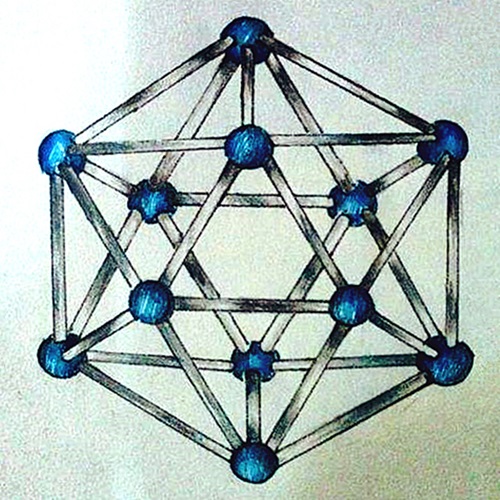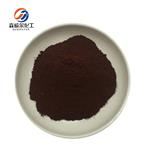Boron: An Element with Exceptional Chemistry
Unlike its group 13 neighbors, boron exhibits behaviors and forms compounds that are not quite metallic and yet not fully nonmetallic. This unique chemistry is due to boron's electron configuration, which leaves it craving for electrons while simultaneously making it reluctant to share or give away the ones it has.

The Peculiar Nature of Elemental Boron
Elemental boron does not exist in nature as a free element but rather in various compounds. It is a metalloid with some properties of metals and some of nonmetals. At the atomic level, boron forms structures that defy simple explanations based on classical bonding theories. The B12 icosahedron, an intricate geometric structure consisting of twelve boron atoms, is the fundamental building block of solid boron—this form contrasts sharply with the delocalized electron sea characteristic of metallic bonding.
This distinct structure results in a lower density solid than one might expect for an element situated near metals on the periodic table. Furthermore, because these B12 icosahedra do not pack together perfectly, solid boron possesses voids within its lattice.
Boron Compounds
Despite elemental boron being relatively unreactive due to its high ionization energy and low electronegativity, it can be coaxed into reacting with other elements to form a plethora of useful compounds:
Boron Carbide (B4C): Renowned for its hardness and lightweight characteristics, this compound finds use in military applications such as body armor.
Boron Nitride (BN): With properties similar to carbon's allotropes—graphite and diamond—BN can be used in high-stress environments where resilience and heat resistance are required.
Boron Oxide (B2O3): This oxide plays a crucial role in producing borosilicate glasses, which have applications ranging from laboratory glassware to consumer cookware due to their thermal shock resistance.
Boron Trihalides (BX3): These compounds are formed by combining boron with halogens and have various industrial applications.
In summary, the chemistry surrounding element number five is richly complex and full of surprises. From super-hard materials capable of stopping bullets to potential cancer therapies underpinned by carboranes—boron's contributions span far beyond what might be anticipated from such an understated member of the periodic family. Whether engineering advanced materials or probing new frontiers in medicinal chemistry, scientists continue uncovering novel aspects within this enigmatic element's realm.
);You may like
Related articles And Qustion
See also
Lastest Price from Boron manufacturers

US $0.00-0.00/g2024-09-18
- CAS:
- 7440-42-8
- Min. Order:
- 50g
- Purity:
- 99%
- Supply Ability:
- 60kg

US $10.00-7.00/kg2024-09-13
- CAS:
- 7440-42-8
- Min. Order:
- 1kg
- Purity:
- 99%
- Supply Ability:
- 10 tons




